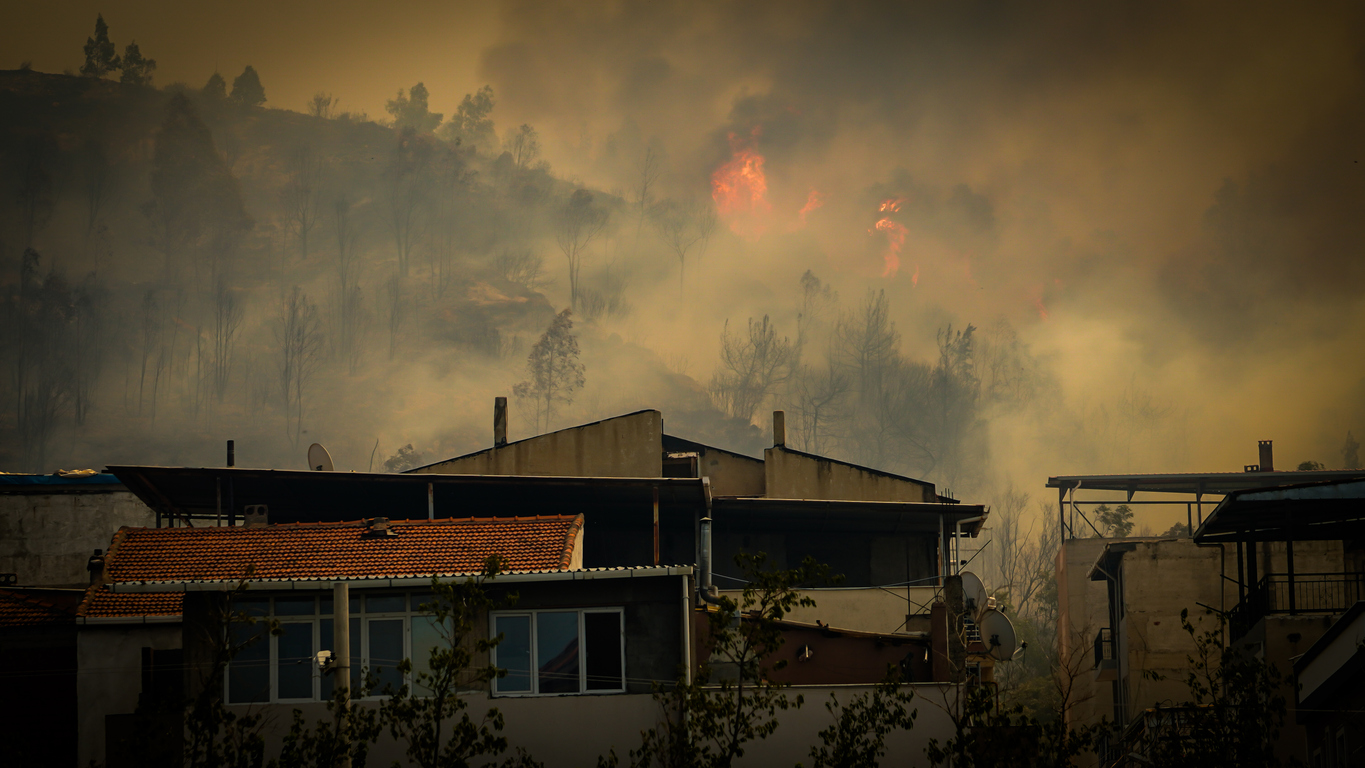Recently, California had record breaking temperatures that brought on the perfect conditions for wildfires to spread quickly. Southern California had high winds and temperatures up to 100 degrees sustained over a course of three or more days. Last week, I returned to San Diego to visit my family, only to see some of the damage caused by the San Marcos and Tomahawk fires. Driving through North County, it reminded me of the 2007 wildfires. However, thankfully, the recent fires did not lead to the same number of evacuations and total losses. Still, some of the fires continue to rage and as a Southern Californian, I send out a very heartfelt “thank you” to our firefighters who continue to work tirelessly to save our homes.
Speaking to a few different public adjusters who actively helped insureds when their insurance carriers delayed payment after the wildfires in San Diego of 2007, I am told that some of the very families they helped after the 2007 fires have reported new fire damage, and areas such as Carlsbad and Rancho Santa Fe were hit hard by these recent wildfires. Families that just finished rebuilding their homes in 2011 are finding the latest fires have come again to their backyards and have caused new damage.
Although many of us don’t think about the different ways that a fire can cause damage, aside from the obvious burning down of a residence, wildfires can also cause damage by way of charring – such as flying embers or heat damage to windows and vinyl siding. Other possible damages are smoke and ash damage to pools and air conditioners units, the need for cleaning wildfire smoke, or the necessity for additional living expenses when evacuations are imposed, just to name a few. Although damages from a wildfire will vary, when such damage occurs, we turn to our homeowner’s insurance policies for help.
As wildfires are continue, those with new damage are finding their insurance policies have changed since the San Diego wildfires of 2007. Depending on the insurance carrier and the policy, some new language has appeared limiting the time frame an insured has to report soot and ash damage, or the amount recoverable for such damage resulting from a wildfire. Southern California is a dry climate and wildfire danger is real. Insurance policies are ever evolving — when insurers find they are paying out great amounts from certain types of losses, they impose new limitations and exclusions. As we begin a new recovery from these recent wildfires, Southern Californians are finding that they need to report their losses to their carriers quicker to make sure their claims and rights to policy benefits are not lost.




